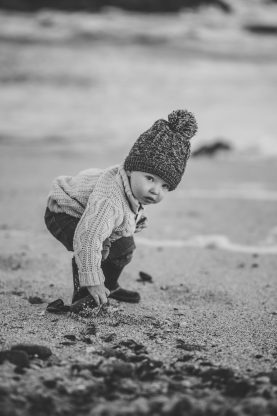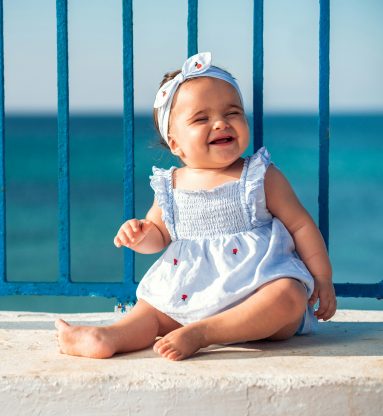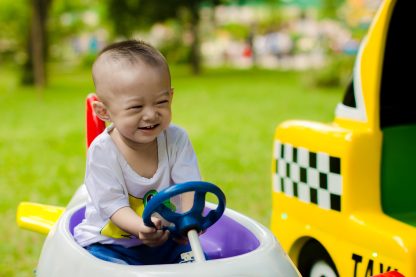Table of Contents
Supervision and Monitoring
One of the most important safety procedures for babysitters is to provide close supervision and monitoring of the children at all times. Babysitters should always keep a close eye on the children under their care, particularly when engaging in activities that could pose a risk of injury. It is essential to establish clear boundaries and rules for the children to follow, and to consistently enforce these rules to ensure their safety. Additionally, babysitters should be aware of the whereabouts of each child in their care at all times, and never leave children unattended, especially near water or in potentially hazardous situations.
On-Demand Childcare in Your Neighborhood
Book a Sitter
First Aid and CPR
Another crucial safety procedure for babysitters is to be trained in first aid and CPR. In the event of an emergency or accident, knowing how to administer first aid and perform CPR can be lifesaving. Babysitters should familiarize themselves with basic first aid techniques, such as treating minor cuts and scrapes, managing allergic reactions, and recognizing the signs of more serious injuries. Additionally, attending a CPR training course can provide babysitters with the skills and confidence to respond effectively in the event of a medical emergency, such as choking or cardiac arrest.
Household Safety
Babysitters should also be aware of potential household hazards and take steps to ensure a safe environment for the children under their care. This includes keeping dangerous items, such as sharp objects, chemicals, and medications, out of reach of children. Babysitters should also be mindful of potential hazards in the home, such as loose rugs, slippery floors, and unsecured furniture. It is important to conduct a thorough safety inspection of the home before babysitting, and to address any potential risks to prevent accidents from occurring.

Emergency Preparedness
Being prepared for emergencies is a critical safety procedure for babysitters. Babysitters should have access to a list of emergency contacts, including the parents’ contact information, as well as the contact information for emergency services such as 911. Babysitters should also be familiar with the home’s emergency procedures, such as the location of fire extinguishers, first aid kits, and emergency exits.
In the event of a fire, natural disaster, or medical emergency, having a plan in place can help babysitters respond quickly and effectively to ensure the safety of the children under their care.
Communication with Parents
Lastly, effective communication with parents is an essential safety procedure for babysitters. Babysitters should maintain open and ongoing communication with parents regarding the children’s activities, schedules, and any specific instructions or concerns. It is important for babysitters to inform parents of any incidents or accidents that may occur while they are babysitting, as well as to seek guidance or clarification on any issues that may arise. By keeping parents informed and involved, babysitters can work together with the parents to ensure the safety and well-being of the children under their care.
In conclusion, babysitting requires a high level of responsibility and vigilance to ensure the safety of the children under your care. By following these top 5 safety procedures – supervision and monitoring, first aid and CPR, household safety, emergency preparedness, and communication with parents – babysitters can create a safe and secure environment for the children they babysit. By being prepared, knowledgeable, and proactive in addressing safety concerns, babysitters can effectively handle emergencies and prevent accidents, providing peace of mind for both themselves and the parents.










